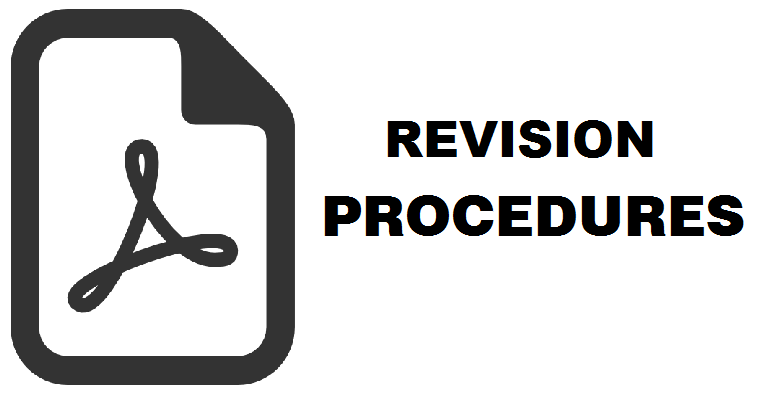Evaluasi Potensi Erosi Tanah Menggunakan Teknologi Penginderaan Jauh dan Sistem Informasi Geografi di DAS Bodri Hulu
Sukristiyanti Sukristiyanti(1*), Hartono Hartono(2), Suyono Suyono(3)
(1) Pusat Penelitian Geoteknologi-LIPI
(2) Fakultas Geografi, Universitas Gadjah Mada, Yogyakarta
(3) Fakultas Geografi, Universitas Gadjah Mada, Yogyakarta
(*) Corresponding Author
Abstract
ABSTRAK Erosi tanah menimbulkan dampak negatif baik terhadap lingkungan atau aspek ekonomi. DAS sebagai unit yang tepat untuk mempelajari erosi membuat data penginderaan jauh memiliki peran penting dalam penelitian ini. Kawasan ini diteliti DAS Bodri atas seluas 501,81 km persegi. Beberapa tujuan dalam penelitian ini adalah mengevaluasi potensi erosi tanah dalam skala moderat dengan menggunakan model erosi dan metode kualitatif, dan memvalidasi peta mengakibatkan erosi tanah. Data utama Landsat ETM + gambar direkam pada tanggal 29 Juni 2006 dan data DEM dari RBI (Rupa Bumi Indonesia) peta pada skala 1:25,000. Metode yang digunakan dalam penelitian ini adalah interpretasi visual dari jenis penggunaan lahan dan vegetasi transformasi indeks pada citra Landsat ETM +, kemiringan gradien turunan berdasarkan data DEM, dan analisis spasial untuk mengevaluasi erosi potensial. Hasil penelitian menunjukkan bahwa kedua peta erosi tanah potensial kelas menyerupai mewakili evaluasi mereka di kelas dari 79%. Daerah yang diteliti didominasi oleh kelas ringan potensi erosi tanah dengan nilai pada 0-20 mm / tahun. Tingkat detail data DEM berasal dari peta RBI dan SRTM (Shuttle Radar Topografi Misi) 30 m tidak sama dengan tingkat detail dari peta kelas erosi tanah potensial. Ini berarti bahwa data DEM tidak dapat digunakan sebagai bahan validasi bagi mereka peta. Validasi kepada mereka peta dengan menggunakan data tanah memeriksa menunjukkan bahwa peta erosi tanah kelas potensial yang dihasilkan oleh metode kualitatif yang lebih mencerminkan dari yang lain. Hal ini disebabkan bahwa metode kualitatif lebih banyak variabel yang terlibat.
ABSTRACT Soil erosion causes negative impact either on the environment or economic aspect. Watershed as an appropriate unit to study erosion makes remote sensing data have an essential role in this study. This researched area was upper watershed of Bodri covering an area of 501.81 square km. Some goals in this research were evaluating potential soil erosion in moderate scale by using an erosion model and a qualitative method, and validating the resulted soil erosion maps.The main data were Landsat ETM+ image recorded on 29 June 2006 and DEM data of RBI (Rupa Bumi Indonesia) map at the scale of 1:25,000. Methods used in this research were visual interpretation of landuse type and vegetation index transformation on Landsat ETM+ image, slope gradient derivation based on DEM data, and spatial analysis for evaluating potential soil erosion.Results indicated that both potential soil erosion class maps are resemble in representing their evaluation at the grade of 79%. The researched area is dominated by light potential soil erosion class with value at 0 – 20 mm/year. The detail level of DEM data derived from RBI map and SRTM (Shuttle Radar Topography Mission) 30 m is not equal with detail level of those potential soil erosion class maps. It means that the DEM data cannot be used as a validation material for those maps. Validation to those maps by using ground check data showed that the potential soil erosion class map resulted by qualitative method is more representative than the other. It is caused that the qualitative method involved more variables.
Keywords
Full Text:
PDF (Bahasa Indonesia)Article Metrics
Refbacks
- There are currently no refbacks.
Copyright (c) 2016 Majalah Geografi Indonesia

This work is licensed under a Creative Commons Attribution-ShareAlike 4.0 International License.
Volume 35 No 2 the Year 2021 for Volume 39 No 1 the Year 2025
ISSN 0215-1790 (print) ISSN 2540-945X (online)








